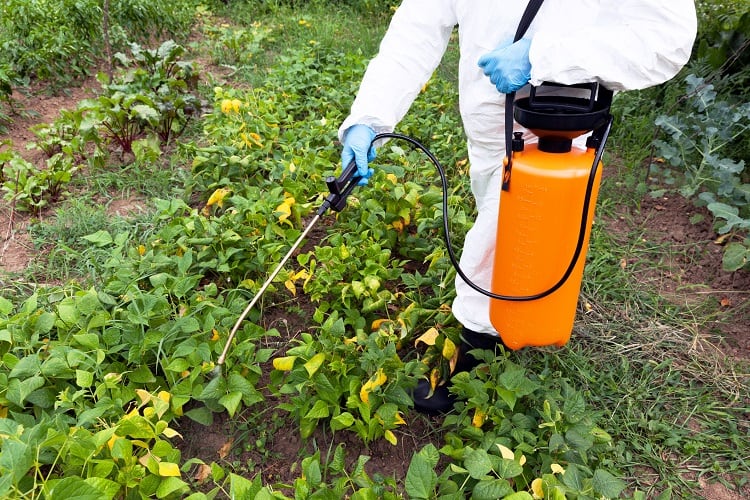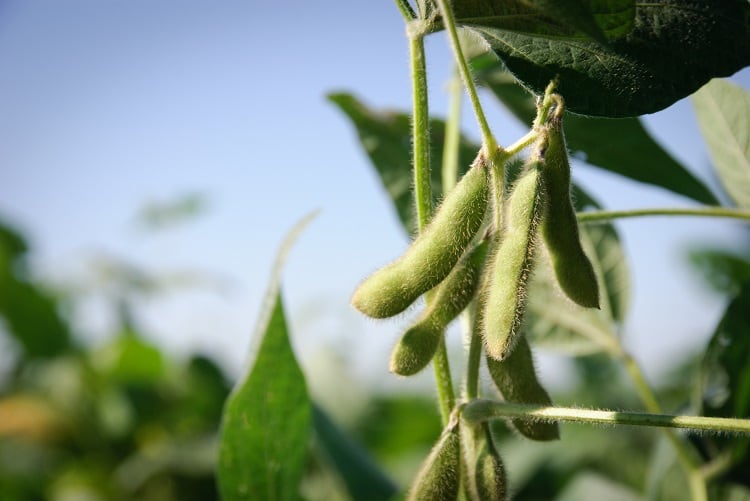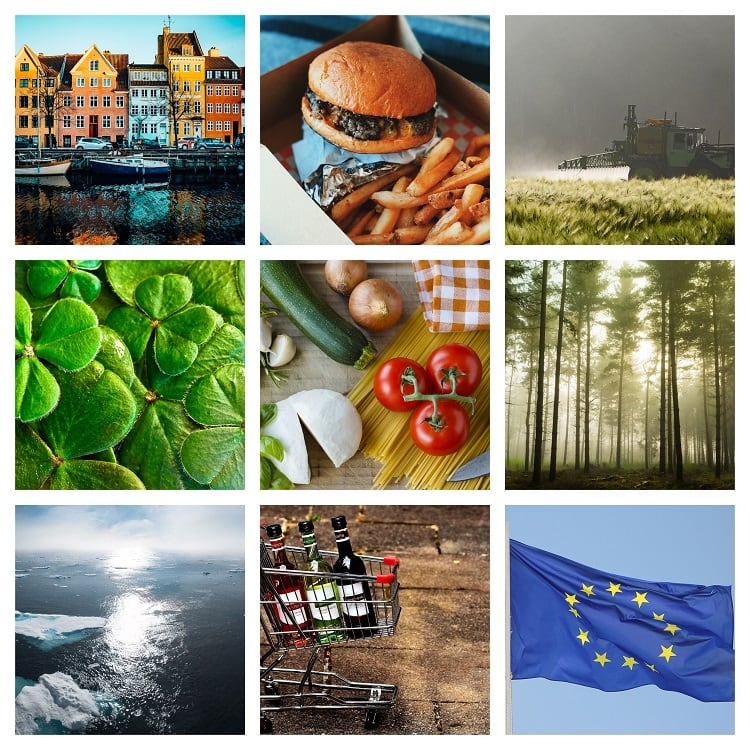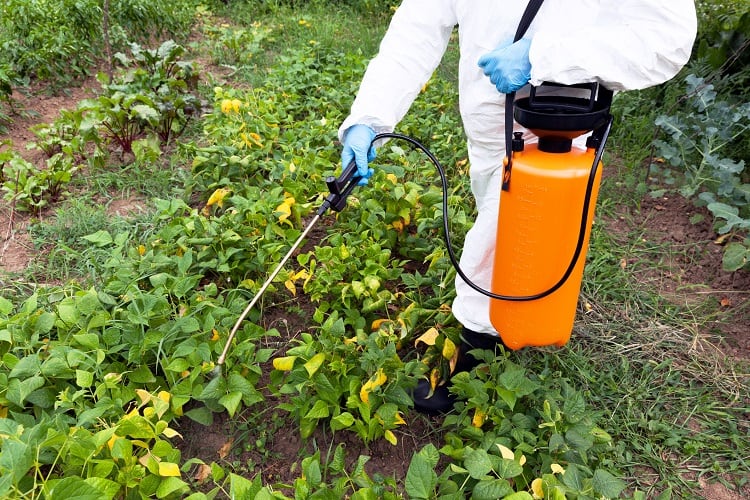Genetically modified (GM) glyphosate-resistant (GT) soybeans are tolerant to the widely used, yet controversial herbicide, glyphosate. This means that farmers can kill weeds by spraying glyphosate, without killing their soybean crop.
GT soybean varieties are commonplace in the main soybean-producing countries including the US, Argentina and Brazil. Of the 349 million metric tonnes (MT) of soy produced globally during the 2016-17 season, approximately 270 million MT were resistant to glyphosate.
According to researchers from Norway and the UK, GT soybeans are associated with increased spraying of glyphosate. This, in turn, results in higher levels of glyphosate residues in plants and food products.
Thomas Bøhn from the Institute of Marine Research in Tromsø in Norway, told FoodNavigator this is cause for concern: “The toxic pesticide glyphosate should not be in the food chain.”
Glyphosate: a controversial herbicide
In Europe, glyphosate was first authorised for use in 1974 by US agribusiness giant Monsanto. Today, Roundup – as it was branded – is one of the most commonly used weed killers across the bloc, and indeed, the world.
Whether the use of glyphosate poses a health risk is much debated. In 2015, the World Health Organization’s (WHO) cancer agency, the International Agency for Research on Cancer (IARC), issued a report concluding that glyphosate is ‘probably carcinogenic to humans’.
Controversially, glyphosate was re-authorised in late 2017. Subsequent studies by the European Food Safety Authority (EFSA) and the European Chemical Agency (ECHA) have concluded that there is not enough evidence to support the link between glyphosate and cancer risk.
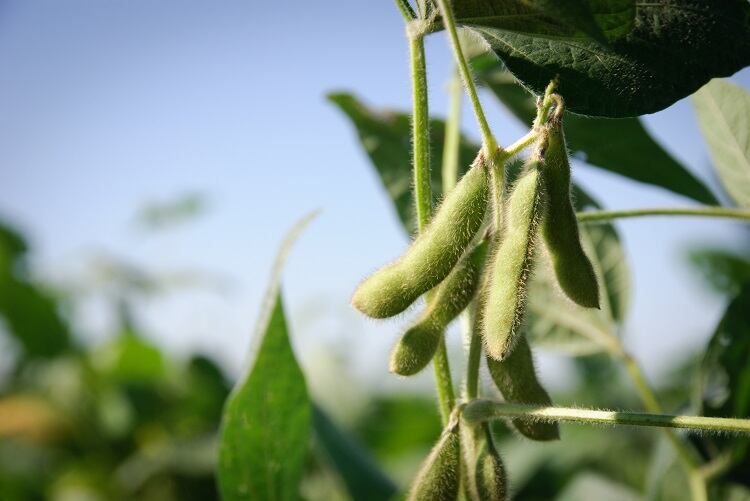
GT soy in the food chain
In the global food chain, soybean is primarily used in livestock feed. While somewhat of a ‘hidden ingredient’ in this context, soybean plays an integral role in food production.
Soybeans themselves – in a variety of forms – are also consumed by humans. And increasingly so – with growing numbers of vegans, vegetarians, and flexitarians.
Although GT soybeans are not presently grown in Europe, Bøhn and researcher partner Erik Millstone from the University of Sussex in the UK, stressed that Europeans could still be affected by glyphosate residues.
In an article titled ‘The introduction of thousands of tonnes of glyphosate in the food chain – an evaluation of glyphosate tolerant soybeans’, published in Foods late 2019, they noted that the widespread cultivation of GT soybeans in the US and Latin America has resulted in ‘substantial residues’ of glyphosate in soy products imported into Europe for food and feed.
The issue stems from a new option that was introduced in 1995, i.e. when the first ‘biotech crops’ were grown, and which allowed for herbicides to be sprayed directly on the genetically modified plants during the growing season. This, according to the authors, makes the issue of glyphosate residues in the food chain increasingly relevant.
Official statistics show that the rates of glyphosate use in Argentina and Brazil increased significantly from 1996 to 2014. “These farmers rates are more than twice as high as the recommended doses used in most field trials,” they noted.
And such increases in spraying is mirrored by the number of applications per growing season. “The number of applications show a steady increase, from about two per year in 1996 to more than four applications from 2007 to 2010 and later.”
According to the researchers, it is likely that one or two of the yearly sprayings are performed late in the season. This is particularly problematic, as research has shown it is the late-season spraying that increases the residues by a factor of 10 or more in soybean.
Addressing the knowledge gaps
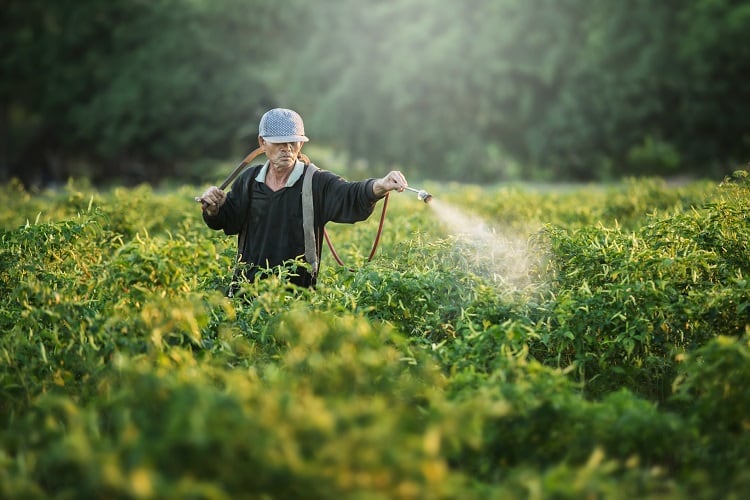
Increased frequency and concentration of glyphosate directly onto GT crops is not the only factor driving increased residue levels. The researchers also explained that glyphosate is used to provide pre-harvest desiccation – which removes moisture from plants and cropland to encourage a timely harvest. This practice is also performed on conventional (non-GM) soybeans.
“These factors increase absorption of the herbicide and augment residue levels in the harvested beans,” they wrote.
So what do Bøhn and Millstone suggest going forward? International coordination of pesticide residues in food and feed, they noted.
In addition, soybeans need to be tested in ‘fully representative’ and ‘realistic’ contexts, they said. The current risk assessment system only received data from field trials with beans that were sprayed with ‘much lower’ doses, compared to contemporary commercial farms.
This has left knowledge gaps and a “potentially serious underestimation of health risks to consumers”, according to the duo.
Following up with Bøhn, the researcher suggested such lack of ‘fully representative’ data represents a ‘serious uncertainty’.
“All possible measures should be taken to reduce consumption of glyphosate,” he continued, “like avoidance of desiccation, reduced use by farmers etc. Glyphosate should not be in the food chain.”


